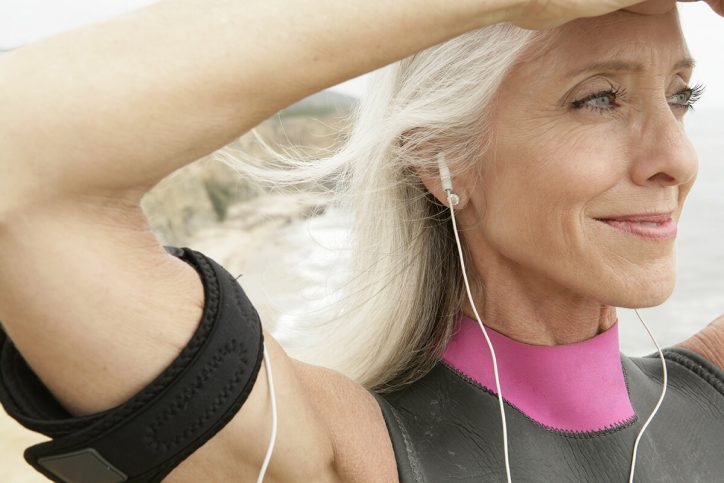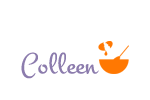Breast health is very important to me. My mother died of Breast Cancer and I’ve got many family members who have battled breast cancer and are winning! Since October is Breast Cancer Awareness Month, I am sharing this post from Shaklee about breast health. This beneficial information can help everyone!
Breast health at every age:
Women of all ages are concerned about breast health. Younger women tend to be concerned about breast discomfort and general lumpiness while older women tend to worry about cancer detection as well as cancer prevention. So let’s review important facts about breast health.

In your 20s and 30s
The main concern for women in their 20s and 30s is breast discomfort, which is usually a sign of fibrocystic breasts due to cysts in the breast tissue that often increase in size in the last half of the menstrual cycle. These hormonally related fluctuations in size often result in tenderness and raise concerns in women about being a sign of cancer. Fibrocystic breast changes are not correlated with an increased risk of breast cancer, but if you are noticing changes in your breasts, you should talk with your physician.
Avoiding caffeine is commonly recommended with fibrocystic breast-related tenderness, although clinical research has shown mixed results. The good news is that only 5 percent of breast cancer cases occur in women younger than 40, and mammograms are generally not recommended until after age 40 unless there is a strong family history of cancer, in which case genetic testing may be advised.

In Your 40s
The glandular tissue of breasts starts to decrease and breasts become more fatty, leading to a tendency for breasts to lose firmness. Maintaining a healthy weight is the best strategy to minimize the tendency for breasts to sag with age.
The risk for breast cancer for this age group begins to increase. While there has been some controversy about the best time to start mammograms, most doctors recommend beginning mammograms around age 40. The National Cancer Institute’s new guidelines recommend screening mammograms every one to two years for women aged 40–49 if they are at average risk of breast cancer. Digital mammography is preferred because it is more accurate and it’s easier to compare different images from different years.

For ages 50 and over
Menopause brings about many changes for women, including changes in their breasts. The ongoing loss of glandular tissue can result in less tenderness. Declining hormone levels lead to loss of the cyclical tenderness that many women experience. These changes also make diagnostic tests such as mammography easier to interpret because of the decreased density.
Overall breast cancer risk increases over age 50 and any new lump after menopause requires a doctor’s immediate attention. The National Cancer Institute suggests a mammogram every one to two years for women over 50.iii Obesity is a definite risk factor for breast cancer, so it is a good idea to achieve and maintain an ideal body weight.ii Smoking and alcohol intake beyond one drink per day are also risk factors.
Healthy habits at any age
It’s never too early to start thinking about how to have healthy breasts—or too late to make changes for the better.
No matter your age, you can lower your risk of breast cancer if you limit alcohol to one drink a day or less, quit smoking if you smoke now, and get to a healthy weight. It’s also important to get at least 150 minutes of moderate exercise a week and eat plenty of fruits and vegetables.
Be sure to visit a health care professional to receive regular checkups and preventative screenings. It’s always a good idea to be aware of your body and let your doctor know if you notice any changes.
Breast Cancer—What to look for:
The National Cancer Institute urges all women to report the following breast changes to their doctors:
-
A lump in or near your breast or underarm
-
Thick or firm tissue in or near your breast or underarm
-
Nipple discharge or tenderness
-
Any nipple changes
-
Itching or skin changes on your breast, including redness or dimpling
MYTH BUSTERS:
Research has shown that wearing bras, trauma to your breasts, and use of antiperspirants do not increase the risk of developing breast cancer.
i Iared W, Shigueoka DC, Torloni MR, et al. Comparative evaluation of digital mammography and film mammography: systematic review and meta-analysis. Sao Paulo Med. J. 2011;129(4):250-60. PMID: 21971901.
ii La Vecchia C, Giordano SH, Hortobagyi GN, Chabner B. Overweight, obesity, diabetes, and risk of breast cancer: interlocking pieces of the puzzle. Oncologist. 2011;16(6):726-9. PMID: 21632448.
iii jnci.oxfordjournals.org/content/89/8/538.full

Leave a Reply